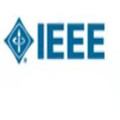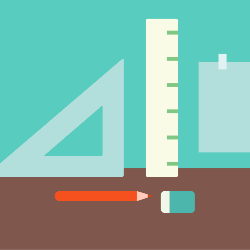The complexity of matrix multiplication is measured in terms of $\omega$, the smallest real number such that two $n\times n$ matrices can be multiplied using $O(n^{\omega+\epsilon})$ field operations for all $\epsilon>0$; the best bound until now is $\omega<2.37287$ [Le Gall'14]. All bounds on $\omega$ since 1986 have been obtained using the so-called laser method, a way to lower-bound the `value' of a tensor in designing matrix multiplication algorithms. The main result of this paper is a refinement of the laser method that improves the resulting value bound for most sufficiently large tensors. Thus, even before computing any specific values, it is clear that we achieve an improved bound on $\omega$, and we indeed obtain the best bound on $\omega$ to date: $$\omega < 2.37286.$$ The improvement is of the same magnitude as the improvement that [Le Gall'14] obtained over the previous bound [Vassilevska W.'12]. Our improvement to the laser method is quite general, and we believe it will have further applications in arithmetic complexity.
翻译:矩阵倍增的复杂程度是以美元来衡量的,这是最小的实际数字,因此,用美元(n ⁇ oomega)和美元(n$)计算,所有美元(epsilon>0美元)可以乘以两个美元(n$)的基数;到目前为止,最约束的值是美元<2.37287美元[Le Gall'14]。1986年以来所有以美元为单位的基数乘法都是用所谓的激光方法测得的,这是在设计矩阵倍增算法方面降低“数”的“价值”的一种方法。本文的主要结果是改进了激光方法,提高了对足够大的高压器的约束值。因此,即使在计算任何具体值之前,我们显然实现了对美元(omerga)的更好约束,而且我们确实获得了迄今为止对美元的最大约束:美元 < 2.37286.美元。 改进程度与[Le Gall'14]在设计矩阵倍增算法[Vassilev KA W.]的改进程度相同。我们相信,我们对激光方法的改进是更普遍的改进。




